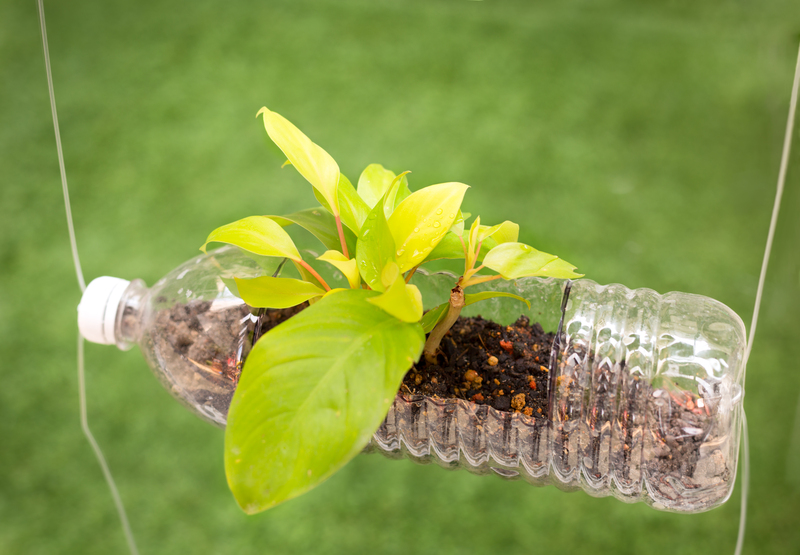The Journey from Glass Waste to Green Solutions
The transformation of glass waste into sustainable solutions is a remarkable journey that serves as a beacon of hope in our pursuit of eco-friendly living. As the world grapples with various environmental challenges, finding efficient ways to manage glass waste is becoming increasingly essential. This article delves into the fascinating process of converting discarded glass into green solutions, illuminating how innovation and conscious efforts can pave the way for a sustainable future.
The Problem with Glass Waste
Every year, millions of tons of glass waste are generated globally. Unfortunately, much of it ends up in landfills, causing a significant environmental burden. Glass is non-biodegradable, and when improperly disposed of, it poses threats to wildlife and contributes to unsightly litter. Understanding the importance of recycling glass is the first step in mitigating these challenges and unlocking its potential as a resource rather than waste.
Environmental Impact of Glass Waste
- Long Decomposition Time: Unlike many organic materials, glass can take millions of years to decompose naturally, making it a persistent problem in landfills.
- Resource Consumption: Manufacturing new glass requires raw materials like sand, soda ash, and limestone, which depletes natural resources.
- Carbon Emissions: Glass production is energy-intensive, leading to considerable carbon emissions that impact climate change.

From Waste to Opportunity: Recycling Initiatives
Recycling glass is a powerful way to reduce waste, conserve resources, and cut down on emissions. It not only helps in waste management but also provides diverse industrial applications. Let's explore the recycling journey of glass and the green solutions it fosters.
Steps in the Glass Recycling Process
- Collection: The process begins with the collection of glass waste from households, industries, and landfills.
- Sorting and Cleaning: Collected glass is sorted by color and cleaned to remove impurities and contaminants.
- Crushing and Melting: The cleaned glass is crushed into small pieces called cullet, and then melted in a furnace.
- Forming New Products: The molten glass is molded into new products, including bottles, jars, and various architectural elements.
Innovative Applications of Recycled Glass
Beyond simply being reshaped into containers, recycled glass has myriad uses that contribute to environmental sustainability:
- Construction Materials: Recycled glass can be incorporated into materials like concrete and bricks, enhancing their strength and thermal insulation properties.
- Decorative Landscaping: Crushed glass is used in landscaping and gardening as an aesthetically pleasing and environmentally friendly alternative to traditional materials.
- Glassphalt: Mixing recycled glass with asphalt, known as glassphalt, creates more durable and reflective road surfaces, improving road safety.
- Glass Beads for Filtration: These are used in water filtration systems, providing an effective and sustainable solution.
Benefits of Glass Recycling
Embracing glass recycling provides numerous benefits that go beyond waste management, contributing significantly to environmental conservation:
- Energy Conservation: Recycling glass uses 40% less energy compared to producing new glass from raw materials, leading to substantial energy savings.
- Resource Efficiency: It reduces the need for raw materials, conserving resources like sand and limestone.
- Decreased Landfill Usage: By reusing glass, the strain on landfills is reduced, preserving land for other uses.
- Lower Carbon Emissions: The reduced need for raw material extraction and processing leads to lower carbon emissions, contributing to climate change mitigation.

Challenges in Glass Recycling
Despite its advantages, glass recycling faces several hurdles that must be addressed to maximize its potential:
- Contamination: Glass contaminated with food residues or mixed with other materials can hinder the recycling process.
- Lack of Awareness: Many communities are not well-informed about the benefits and processes of glass recycling.
- Collection Systems: Inadequate collection systems can lead to low recycling rates, especially in rural areas.
- Economic Factors: The financial viability of recycling can be challenging, particularly in regions with low demand for recycled products.
Moving Forward: Towards Sustainable Practices
To truly harness the power of glass recycling as a green solution, several strategic initiatives and policy implications are necessary. Governments, businesses, and communities must collaborate to create efficient systems that encourage recycling and address existing challenges.
Governmental Role in Promoting Glass Recycling
Governments can play a pivotal role through:
- Regulations and Incentives: Implementing laws that promote recycling and offering incentives to companies investing in sustainable practices.
- Infrastructure Development: Investing in advanced recycling facilities and efficient collection services.
- Educational Campaigns: Initiating programs to educate the public about the importance and benefits of recycling glass waste.
Community Involvement and Corporate Responsibility
Creating a culture of sustainability requires community engagement and corporate accountability:
- Awareness Programs: Community-centered campaigns can raise awareness and encourage participation in recycling initiatives.
- Corporate Partnerships: Encouraging companies to adopt sustainable production methods and contribute to recycling efforts.
As we continue on the journey from glass waste to green solutions, every step toward recycling and sustainable practices makes a significant difference. By embracing the circular economy and innovative recycling techniques, we not only address environmental challenges but also move closer to a more sustainable and eco-friendly future. Together, with concerted efforts, we can transform glass waste from a problem into an invaluable resource that supports both environmental health and economic well-being.